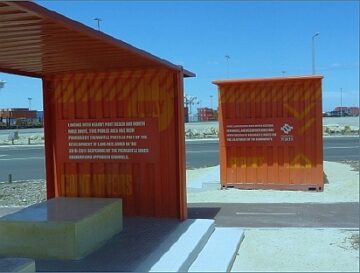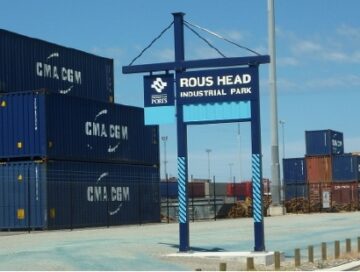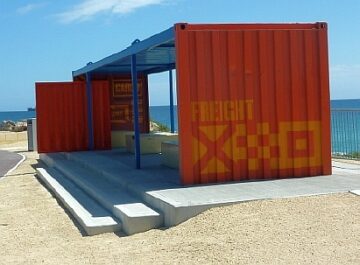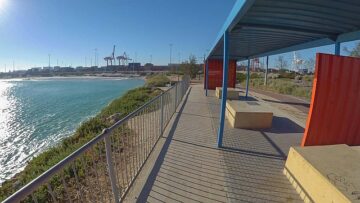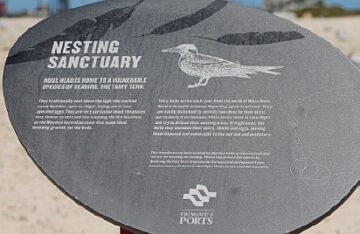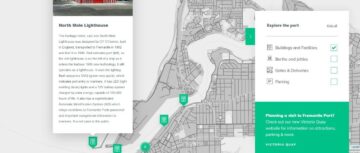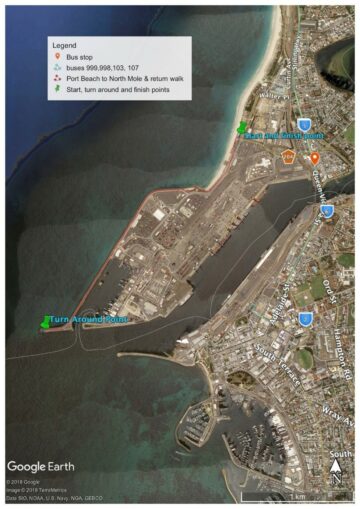Challenge(s)
How can the port authority create zones that educate the local community and benefit the preservation of biodiversity?
Good practice
Modify infrastructure or build new facilities to protect ecosystems from the negative effects of port/industrial activities
Port infrastructures and activities can cause irreversible damage to the seabed and contribute to the disappearance of fauna and flora living there. By taking into account this environmental footprint and considering ecological engineering and eco-design measures for port infrastructures, this biodiversity can be restored and preserved. By integrating eco-design measures and educational signage, port authorities can create zones that foster biodiversity preservation and community engagement, enhancing the overall sustainability of port environments. The Port of Fremantle has transformed the Rous Head Industrial Park into a vibrant ocean walk, featuring recycled container shelters with renewable energy lighting and interpretive stories etched onto their surfaces. This space not only provides public enjoyment of the coastal area but also educates visitors about local wildlife conservation, notably preserving tern habitats and showcasing historical landmarks, such as the North Mole lighthouse.
This good practice also includes objective 10.3 (Preventing the destruction of sensitive natural habitats when developing onshore or offshore port spaces and by regulating ship-generated waves) of the AIVP's 2030 Agenda.
Case study
The Ports of Fremantle created a promenade along the edge of Rous Head Industrial Park. The Rous Head Ocean Walk was designed with the help of landscape architects Blackwell & Associates and Turner Design. Reused containers have been converted into shelters and viewpoints, equipped with drinking fountains, and lit using renewable energy. Interpretive stories are etched directly onto the surface of the containers. The spaces around the containers also contain information boards for the nearby nature reserve. Creating public space to enjoy the coastal area of Fremantle and Perth, while at the same time preserving the local population of the tern habitat. The ocean walk also ends at the old viewpoint where a North Mole lighthouse, built in 1902, is located. As seen in the interactive map of Fremantle ports, there is a dedicated listing for it, showing further that this specific public space accounts for both heritage and environmental sustainability, preserving both human and animal activities.
As early as 2012, the Port worked with Blackwell & Associates PTY Ltd to produce the Fremantle Ports Landscape Style Guide, aimed at revamping the port’s image and establishing a visual identity for the port, with colours, materials, furniture, vegetation, signage, and street art, to ensure a consistent overall style. Port infrastructures and activities can cause irreversible damage to the seabed and contribute to the disappearance of fauna and flora living there. By taking into account this environmental footprint and considering ecological engineering and eco-design measures for port infrastructures, local biodiversity can be restored and preserved.
Additional information
Fremantle Ports Landscape Guide (pdf)
Interactive map of Fremantle ports
Bumper breeding season at port Fairy tern sanctuary (news report)
Fremantle Ports’ planning framework

